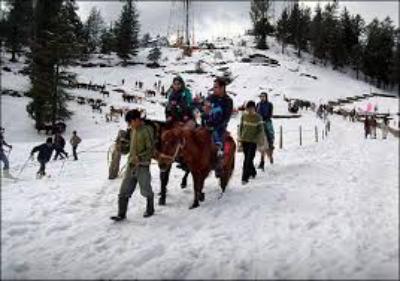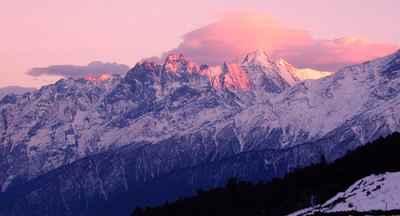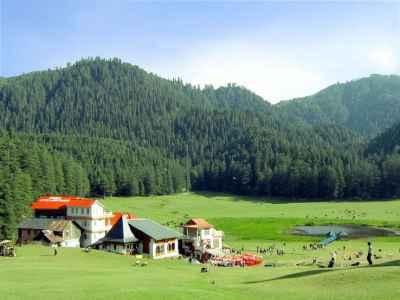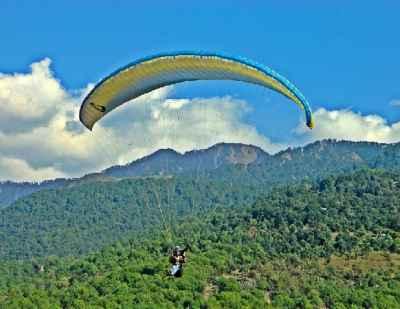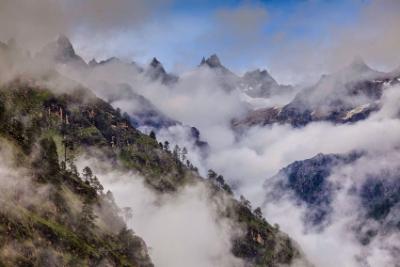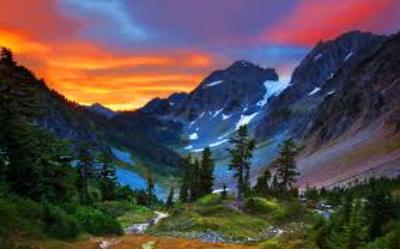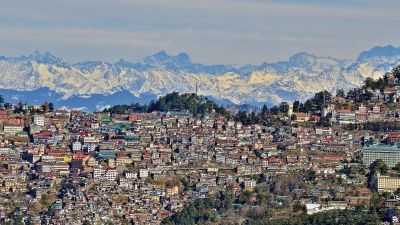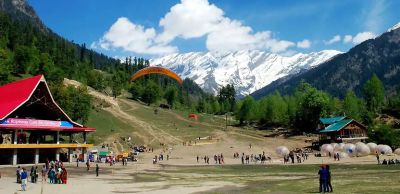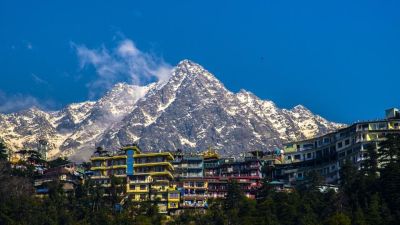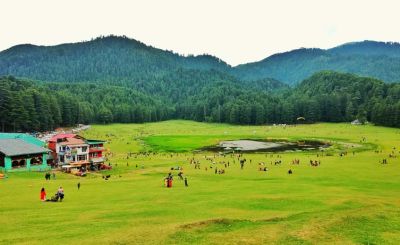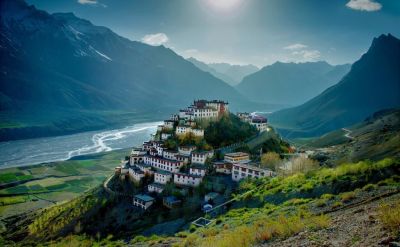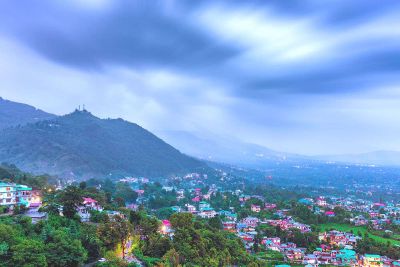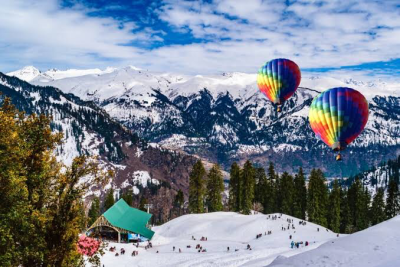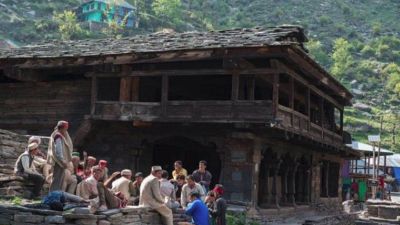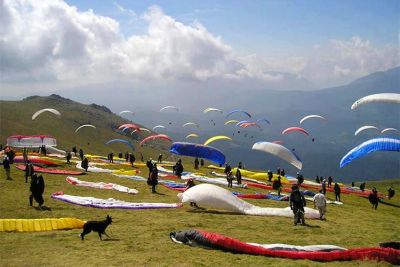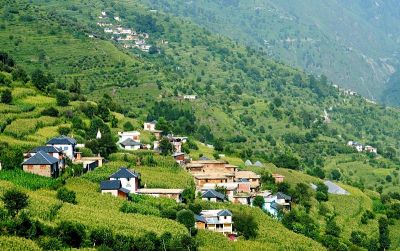Himachal Pradesh's Diverse Ecosystems: An Ecological Overview
Himachal Pradesh's Diverse Ecosystems: An Ecological Overview
Himachal Pradesh, located in the western Himalayas of India, is celebrated for its breathtaking natural beauty and diverse ecosystems. With towering snow-capped mountains, lush green valleys, glistening rivers, and enchanting forests, this region offers a unique blend of ecological wonders. In this blog post, we will delve into the various ecosystems found in Himachal Pradesh and explore the rich biodiversity that thrives within them.
The Himalayan Range:
One of the most prominent features of Himachal Pradesh is its part in the majestic Himalayan Range. This colossal mountain range serves as a natural barrier, offering protection and providing a favorable environment for a diverse range of flora and fauna. The Himalayas are home to rare and endangered species such as the snow leopard, Himalayan musk deer, and Himalayan monal, the state bird of Himachal Pradesh.
Valleys and Plateaus:
Himachal Pradesh boasts numerous valleys and plateaus that add to its ecological diversity. The Kangra Valley and the Kullu Valley are two well-known examples of these picturesque landscapes. These valleys are nestled between mountain ranges and are adorned with fertile agricultural lands, gushing rivers, and dense forests. The plateaus in Himachal Pradesh, such as the Spiti Valley and the Lahaul Valley, offer a stark contrast with their arid landscapes and high-altitude deserts.
Forests:
The forests in Himachal Pradesh are a vital component of its diverse ecosystems. The state is covered with thick forests, accounting for almost 66% of its geographical area. These forests are classified into three types: Subtropical Forests, Temperate Forests, and Alpine Forests. The subtropical forests, found in lower altitudes, are characterized by a variety of trees like oak, pine, and cedar. The temperate forests, found at moderate altitudes, are home to a rich assortment of trees like fir, spruce, and birch. The alpine forests, found at higher altitudes, have small patches of shrubs, grasses, and medicinal plants.
Wildlife Sanctuaries and National Parks:
Himachal Pradesh boasts several wildlife sanctuaries and national parks that provide a safe haven for numerous animal and plant species. The Great Himalayan National Park, located in Kullu district, is a UNESCO World Heritage Site and is known for its diverse range of flora and fauna, including the elusive snow leopard. Other notable wildlife sanctuaries in the state include the Pin Valley National Park, Kalatop Khajjiar Wildlife Sanctuary, and Churdhar Wildlife Sanctuary. These protected areas play a crucial role in conservation efforts and offer opportunities for eco-tourism and wildlife observation.
Lakes and Rivers:
Himachal Pradesh is adorned with a network of lakes and rivers, which contribute to its rich ecological tapestry. Dal Lake, located near Dharamshala, is a sparkling lake surrounded by deodar trees and is a popular tourist destination. Renuka Lake, located in Sirmour district, is the largest natural lake in Himachal Pradesh and is revered for its religious and ecological significance. The state is also home to several major rivers, including the Beas, Sutlej, and Chenab, which provide sustenance to the region and support a wide variety of aquatic life.
Conclusion:
Himachal Pradesh's diverse ecosystems offer a remarkable range of natural treasures. From the towering peaks of the Himalayas to the serene valleys and plateaus, the state is blessed with abundant beauty. The forests teeming with flora and fauna, the protected areas safeguarding wildlife, and the shimmering lakes and rivers all contribute to the ecological richness of this region. Exploring the diverse ecosystems of Himachal Pradesh is not just a visual treat; it also provides valuable insights into the delicate balance of nature and the importance of conservation.
We encourage you to share this blog post to help spread the awareness about the incredible ecological diversity of Himachal Pradesh.
Disclaimer : The information provided in this blog is for general informational purposes only. While we strive to keep the content accurate and updated, TravelSetu assumes no liability for errors or omissions. If you believe any part of this blog infringes your rights or causes concern, please notify us immediately at info[at]travelsetu[dot]com so that appropriate action can be taken.
